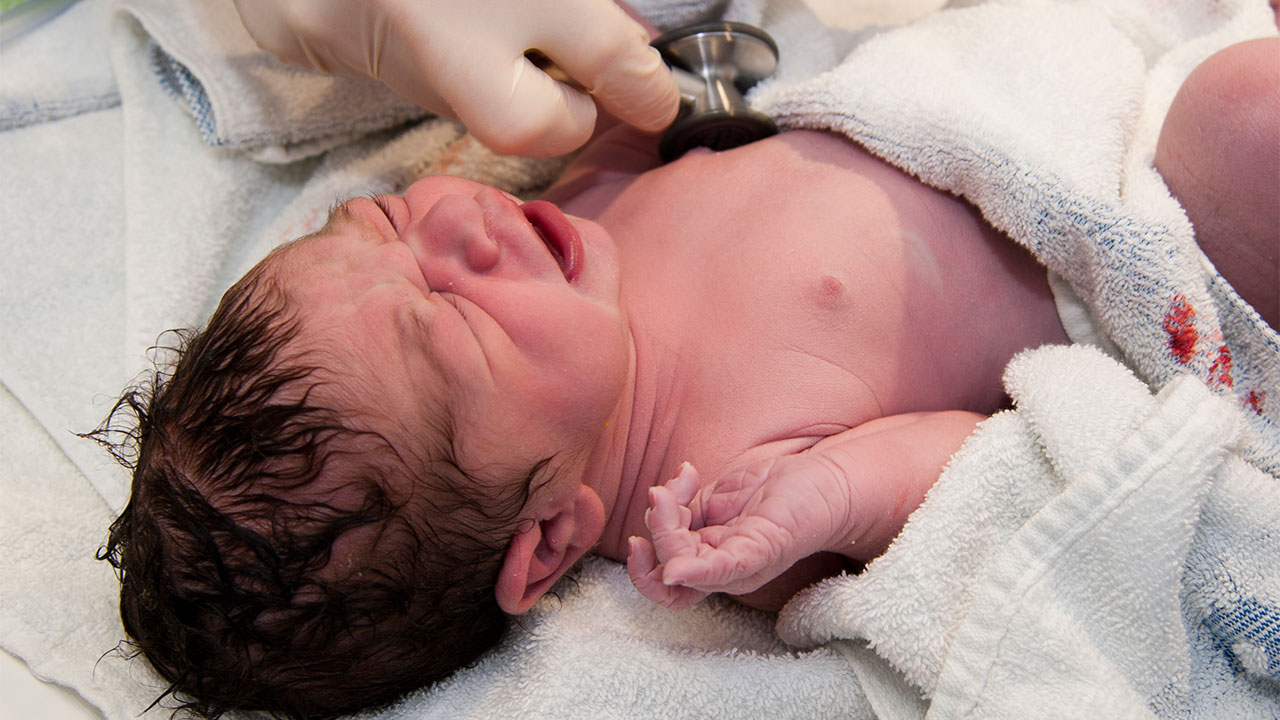
The Miracle of Birth: A Comprehensive Guide to the Extraordinary Journey of Childbirth
Introduction
The birth of a child is an awe-inspiring event, a profound moment that transforms lives forever. It is a journey filled with anticipation, trepidation, and ultimately, boundless joy. This comprehensive guide will delve into the intricate process of childbirth, providing a detailed account of the physiological, emotional, and social aspects of this extraordinary experience.
Preconception and Pregnancy
The journey to childbirth begins long before the actual birth. Preconception care, including healthy lifestyle choices and preconception counseling, can significantly improve the chances of a healthy pregnancy and birth. Once conception occurs, the body undergoes a series of remarkable changes to accommodate the growing fetus.
The Stages of Labor
Labor is the process by which the baby is delivered from the uterus. It is typically divided into three stages:
1. First Stage: Dilation
The first stage of labor begins with the onset of regular uterine contractions. These contractions gradually increase in intensity and frequency, causing the cervix to dilate (open) to allow the baby to pass through. This stage can last several hours or even days.
2. Second Stage: Pushing
Once the cervix is fully dilated, the second stage of labor begins. The mother is encouraged to push with each contraction, helping to propel the baby down the birth canal. This stage can be physically demanding but is often accompanied by a sense of empowerment and accomplishment.
3. Third Stage: Delivery of the Placenta
After the baby is born, the third stage of labor involves the delivery of the placenta (afterbirth). This typically occurs within 15-30 minutes of the baby’s birth.
Methods of Childbirth
There are various methods of childbirth available, each with its own advantages and disadvantages. These include:
1. Vaginal Birth
Vaginal birth is the most common method of childbirth. It involves the baby being delivered through the mother’s vagina.
2. Cesarean Section
A cesarean section (C-section) is a surgical procedure in which the baby is delivered through an incision in the mother’s abdomen and uterus.
3. Assisted Vaginal Delivery
Assisted vaginal delivery involves the use of instruments, such as forceps or a vacuum extractor, to assist the baby’s delivery.
4. Water Birth
Water birth is a method of childbirth in which the mother gives birth in a pool of warm water.
The Role of the Support Team
A supportive team can make a significant difference in the childbirth experience. This team may include:
1. Healthcare Providers
Healthcare providers, such as obstetricians, midwives, and nurses, provide medical care and support throughout labor and delivery.
2. Doula
A doula is a trained professional who provides emotional and physical support to the mother during labor and delivery.
3. Family and Friends
Family and friends can offer encouragement, comfort, and practical assistance during childbirth.
Emotional and Psychological Aspects of Childbirth
Childbirth is not only a physical but also an emotional and psychological experience. It can evoke a wide range of emotions, including:
1. Fear and Anxiety
It is common to experience some degree of fear and anxiety during childbirth. However, it is important to remember that these feelings are normal and that healthcare providers are there to support and guide you.
2. Excitement and Anticipation
Childbirth can also be a time of great excitement and anticipation. The prospect of meeting your baby for the first time can be an overwhelming and joyful experience.
3. Empowerment and Confidence
Many women feel a sense of empowerment and confidence after giving birth. The experience of bringing a new life into the world can be transformative and empowering.
Recovery and Postpartum Care
After childbirth, it is important to focus on recovery and postpartum care. This includes:
1. Physical Recovery
The body needs time to heal after childbirth. It is important to rest, eat a healthy diet, and engage in gentle exercise as recommended by your healthcare provider.
2. Emotional Recovery
The postpartum period can be a time of emotional adjustment. It is common to experience mood swings, fatigue, and anxiety. Seeking support from family, friends, or a therapist can be beneficial.
3. Breastfeeding
Breastfeeding provides numerous benefits for both the mother and the baby. It is important to seek support and guidance from healthcare providers or lactation consultants to ensure a successful breastfeeding experience.
Conclusion
The birth of a child is a profound and transformative experience that encompasses physical, emotional, and social aspects. By understanding the stages of labor, methods of childbirth, and the role of the support team, you can prepare for and navigate this extraordinary journey with confidence and joy. Remember that childbirth is a unique and personal experience, and every mother and baby’s journey is different. Embrace the process with an open heart and a sense of wonder, and cherish the memories of this life-changing event.
